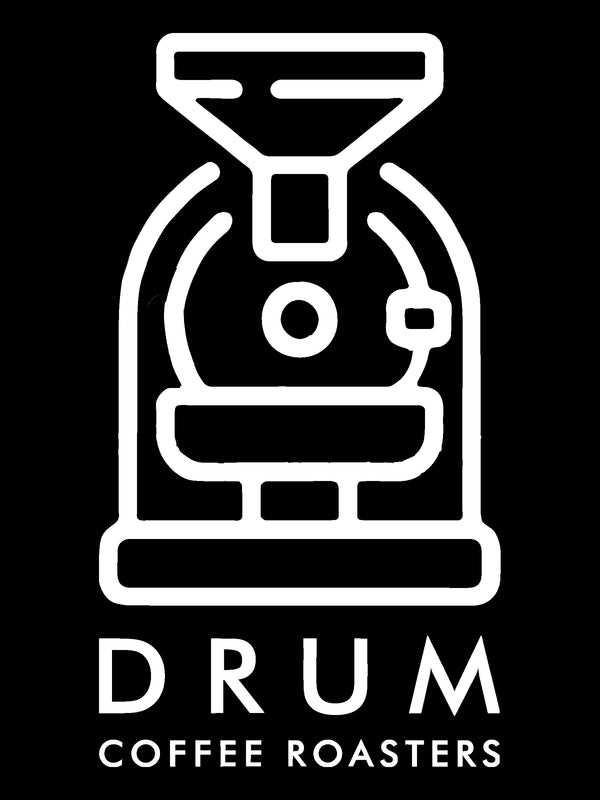What Keeps a Café Running - The Owner Behind the Bar
Share
In the introduction, I shared why I started writing this series—because running a café isn’t about checklists or ambition alone. It’s about the everyday things that decide whether your café will keep going, or quietly start falling apart.
This piece is about one of the most overlooked truths I’ve come across while working with cafés: if you own a café, you need to know how to make coffee.
When someone reaches out to me for help with their café—whether they’re opening a new one or trying to fix what’s not working—the first thing I ask is simple: Why should someone walk into your café? What is it about your place that would make a customer try your coffee? What’s going to make them come back?
The answers are usually well-meaning but predictable. People say they’ll serve the best coffee, that their café will have a great vibe, that they’ll offer sugar-free options or serve healthy food on the side.
All good things. But here’s the truth—none of them matter if your coffee isn’t consistently good.  Not once in a while. Not depending on who’s on shift. Every single day. And the only way that happens is if your barista knows what they’re doing.
Not once in a while. Not depending on who’s on shift. Every single day. And the only way that happens is if your barista knows what they’re doing.
To make great coffee, there’s a process. There’s a recipe. There’s a method behind every good cup. That’s the only way you get the same cappuccino on Monday morning that you served the previous Friday. It starts with a defined espresso recipe. You need to know how to steam milk right, adjust your grinder, keep your equipment clean, and, most importantly, taste your own coffee and make changes when needed. None of this is difficult once it's in place—but it takes discipline, repetition, and clarity. And here’s the catch—even if you’ve written all this down, it only works if the person behind the bar is trained to follow it.
Now, let’s be real. Finding a well-trained barista isn’t easy. Keeping one is even harder. People leave. They get tired. They move on. And when they do, most cafés hit panic mode. Suddenly the coffee doesn’t taste right. Owners wonder if the roast has changed. Some even ask if the blend has been altered. Most of the time, the beans are the same. The real issue? A machine that needs descaling. A grinder that hasn’t been cleaned. Or a new barista who’s doing their best with no proper direction.
That’s why I believe every café owner should learn to brew coffee.
Get behind the bar. Pull a shot. Steam some milk. Clean the group head. Understand your own recipe. Know how your machine behaves. This one step changes everything.

You don’t need to become your café’s full-time barista. But you should know your coffee well enough to step in when needed, to taste and adjust when something’s off, to train a new recruit with clarity, and to stop relying on a consultant every time your team changes. Because when your barista eventually leaves—and they will—you won’t be caught off guard. You’ll know what to do. And more importantly, your café won’t fall apart.
And here’s the part no one likes to talk about—it's inevitable. You’ve either already lost a skilled barista… or you will. That’s why your systems matter. That’s why your recipes need to live outside one person’s head. That’s why you, as the owner, need to know how your coffee works—how it’s built, how it changes, and how to bring it back when it drifts.
I strongly encourage—and at times, insist—that every café owner learns to brew coffee. Being hands-on with your coffee doesn’t just make you a backup when someone’s missing. It gives you insight—into your beverage, into what your customers respond to, into the beans you buy, into how your machines behave. And maybe most importantly, it keeps you from being dependent on someone else to maintain the core of your business.
If you’ve opened a café—or are about to—you already know it’s a lot more than brewing good coffee. It’s people, process, chaos, calm… all packed into one shift.
This series isn’t about theory. It’s about what actually helps. Stuff that gets ignored. Stuff that makes the difference between a café that’s hanging in there and one that finds its rhythm.
If this one hit close to home, good. That’s the idea.
More coming soon. Till then, stay close to the counter. And pull a few shots—just to know where you stand.
PS: If you’re looking for a place to train, I’d recommend checking out Italian Barista Academy by Sahil Thakkar (https://italianbaristaacademy.com or Call 99200 53626) It’s one of the few training setups I’ve seen that really helps café owners understand the craft, not just the theory.
